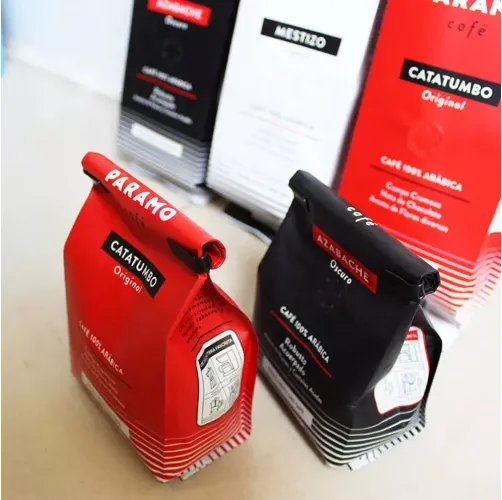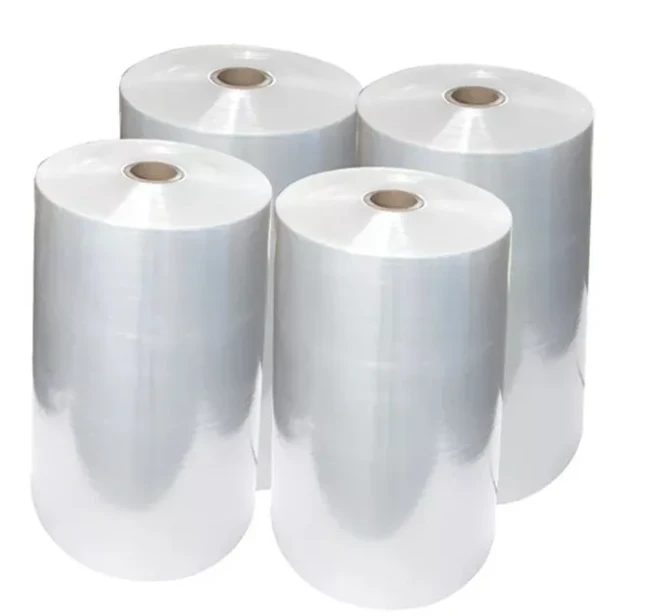- Afrikaans
- Albanian
- Amharic
- Arabic
- Armenian
- Azerbaijani
- Basque
- Belarusian
- Bengali
- Bosnian
- Bulgarian
- Catalan
- Cebuano
- chinese_simplified
- chinese_traditional
- Corsican
- Croatian
- Czech
- Danish
- Dutch
- English
- Esperanto
- Estonian
- Finnish
- French
- Frisian
- Galician
- Georgian
- German
- Greek
- Gujarati
- haitian_creole
- hausa
- hawaiian
- Hebrew
- Hindi
- Miao
- Hungarian
- Icelandic
- igbo
- Indonesian
- irish
- Italian
- Japanese
- Javanese
- Kannada
- kazakh
- Khmer
- Rwandese
- Korean
- Kurdish
- Kyrgyz
- Lao
- Latin
- Latvian
- Lithuanian
- Luxembourgish
- Macedonian
- Malgashi
- Malay
- Malayalam
- Maltese
- Maori
- Marathi
- Mongolian
- Myanmar
- Nepali
- Norwegian
- Norwegian
- Occitan
- Pashto
- Persian
- Polish
- Portuguese
- Punjabi
- Romanian
- Russian
- Samoan
- scottish-gaelic
- Serbian
- Sesotho
- Shona
- Sindhi
- Sinhala
- Slovak
- Slovenian
- Somali
- Spanish
- Sundanese
- Swahili
- Swedish
- Tagalog
- Tajik
- Tamil
- Tatar
- Telugu
- Thai
- Turkish
- Turkmen
- Ukrainian
- Urdu
- Uighur
- Uzbek
- Vietnamese
- Welsh
- Bantu
- Yiddish
- Yoruba
- Zulu
how to get usda certified
How to Get USDA Certified A Step-by-Step Guide
Obtaining USDA certification is essential for producers, processors, and handlers of organic products who wish to market their goods as organic in the United States. The United States Department of Agriculture (USDA) sets strict standards for organic labeling to ensure the integrity and authenticity of organic products. Here’s a comprehensive guide to help you navigate the certification process.
Step 1 Understand the USDA Organic Regulations
Before you begin the certification process, it is crucial to understand the USDA's organic regulations. The USDA National Organic Program (NOP) outlines the specific criteria that farmers and businesses must meet to be certified organic. These include regulations related to land use, soil management, pest and weed control, and livestock management. Familiarize yourself with these standards to ensure your operations are in compliance.
Step 2 Develop an Organic System Plan (OSP)
An Organic System Plan is a detailed plan that describes your farming or handling practices. This plan must outline how your operations will comply with organic regulations. It should include information about inputs used (seeds, fertilizers, pest control products), the techniques employed (crop rotation, biodiversity, soil conservation practices), and how you will maintain organic integrity throughout the production or handling process. Create a comprehensive OSP, as this will be the backbone of your certification application.
Step 3 Choose a USDA-Approved Certifying Agent
USDA certification must be conducted through a USDA-accredited certifying agent. You can select from a list of accredited certifiers available on the USDA website. It’s vital to research your options and find a certifying agent that aligns with your specific needs and geographic location. Reach out to them to understand their requirements, fees, and the application process.
Step 4 Submit Your Application
how to get usda certified

Once you have developed your OSP and chosen a certifying agent, the next step is to submit your application. This application should include your OSP along with any necessary documentation that demonstrates your compliance with organic standards. Be prepared for potential questions or additional requests for information from your certifying agent.
Step 5 Undergo an Inspection
After submitting your application, you will be required to undergo an inspection. The certifying agent will schedule an on-site inspection to evaluate your operations and practices. The inspector will review your records, assess your compliance with the OSP, and ensure that organic practices are being followed. It’s crucial to cooperate fully with the inspector and provide any requested documents.
Step 6 Await Certification Decision
Once the inspection is completed, the certifying agent will review the inspector’s findings and make a certification decision. If you meet all the organic standards, you will receive your USDA Organic Certificate. This certificate allows you to market your products as organic and use the USDA organic seal.
Step 7 Maintain Compliance and Renew Certification
USDA certification is not a one-time event; it requires ongoing compliance. You must maintain your organic practices each year, as certifiers conduct annual inspections to ensure continued adherence to organic standards. Be mindful of record-keeping and any changes in practices that may affect your certification status.
Conclusion
Achieving USDA certification may seem daunting, but understanding the steps involved can streamline the process. By thoroughly preparing your Organic System Plan, choosing the right certifying agent, and adhering to USDA regulations, you can successfully obtain and maintain your USDA organic certification. This certification not only helps you stand out in the market but also builds trust with consumers who seek quality organic products.













